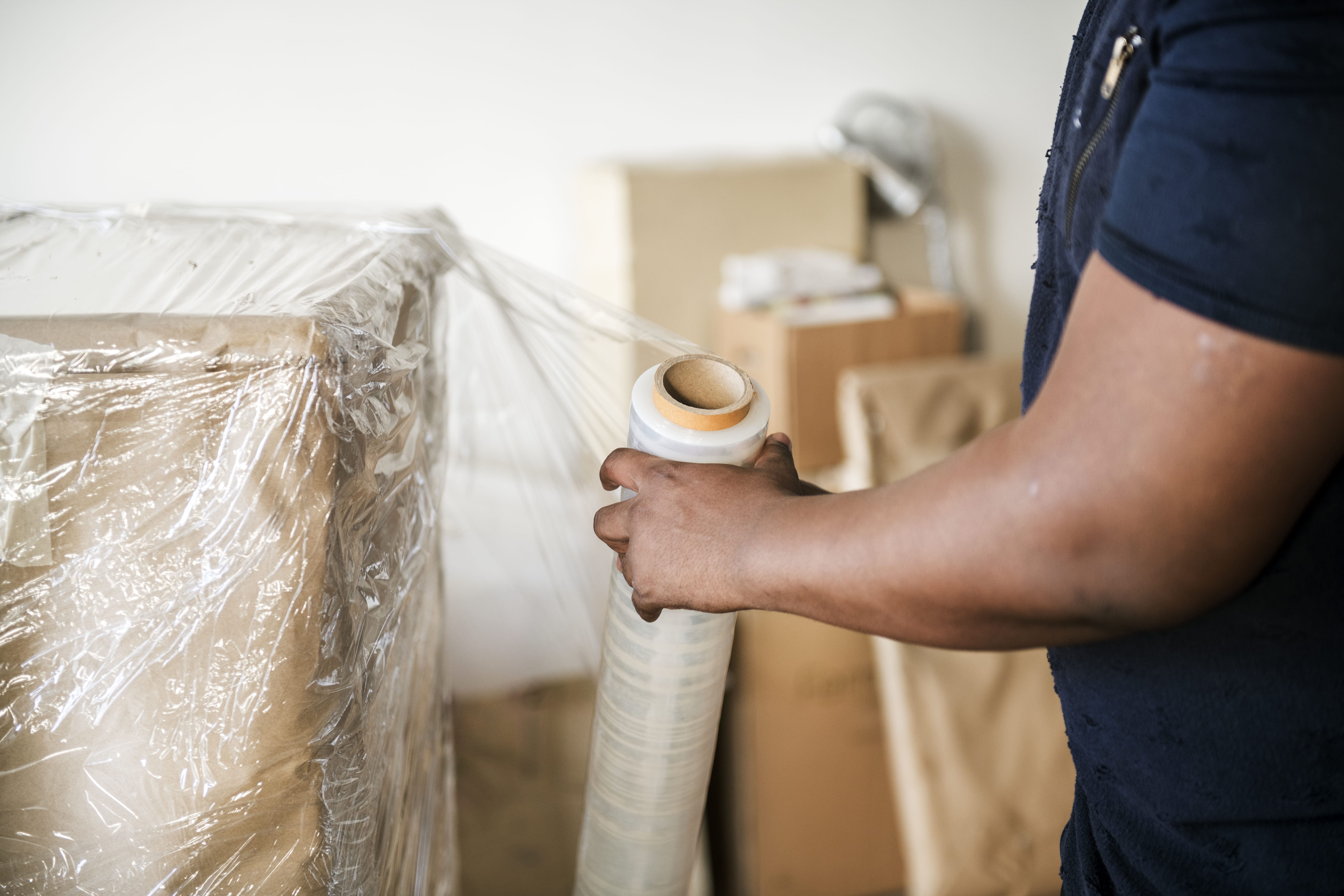
Moving can be an exciting yet challenging process, requiring careful planning and protection of your belongings. To minimize the risk of damage and make transportation easier, it’s crucial to have the right packing materials on hand. In this article, we’ll go over the key types of packing supplies that will make your move safe and organized.
1. Moving Boxes
Boxes are one of the most important packing materials. They not only simplify transportation but also protect items from damage. Choose sturdy, appropriately-sized boxes based on the type and weight of the contents:
- Small boxes (30×30 cm) – suitable for heavy, compact items like books, dishes, and small appliances.
- Medium boxes (40×40 cm) – ideal for textiles, clothing, kitchen items, and other medium-sized belongings.
- Large boxes (60×60 cm) – best for lightweight but bulky items like pillows, blankets, toys, and outerwear.
Make sure to use high-quality boxes, preferably with double walls for added protection. Avoid using old, worn-out boxes, as they may not hold up under weight.
2. Bubble Wrap
Bubble wrap is essential for protecting fragile items – from glassware and porcelain to electronics and small household appliances. It helps prevent cracks, scratches, and other damage during transport, especially for long-distance moves. Use bubble wrap with small bubbles for smaller items and with larger bubbles for bigger items. This material wraps items securely and fills gaps, keeping them from shifting.
3. Stretch Wrap
Stretch wrap is used for packing furniture, appliances, and other large items. It protects against moisture, dirt, and damage and helps hold together parts that might come loose during transport. Stretch wrap is easy to use and doesn’t require extra adhesives – it clings to surfaces, providing reliable protection. This material also helps prevent dust from settling on your belongings.
4. Packing Paper
Packing paper is best for protecting fragile items and those susceptible to scratches. It shields surfaces and easily molds around items. Paper is ideal for wrapping dishes, mirrors, paintings, and other delicate objects. Unlike newspapers, packing paper doesn’t leave ink marks or stain your hands, making it suitable for clean, valuable items.
5. Tape
Reliable tape is essential for securing boxes and wraps. It seals the packaging, preventing boxes from opening accidentally during handling. Choose tape that’s at least 5 cm wide, as narrower options may not hold up under weight. Consider using a dispenser – it will make the packing process faster and neater. Colorful tape can also be used to label boxes by room, which will simplify unpacking.
6. Foam and Foam Corners
Foam corners are ideal for protecting the edges of furniture and electronics. Foam sheets are also used to fill empty spaces in boxes, preventing items from shifting and getting damaged. This lightweight material provides excellent shock absorption. Types of foam materials include:
- Foam sheets – for large surfaces or as a protective layer in boxes, suitable for furniture and large appliances.
- Corner protectors – to safeguard the corners of furniture and equipment, especially glass and mirrors.
- Foam inserts – to stabilize fragile items inside boxes, preventing them from moving and hitting against each other.
7. Labels and Markers
Labels and markers are important organizational tools, even though they’re not directly related to packing. Label your boxes to indicate their contents and which room they belong in. Notes like “fragile” or “this side up” will help ensure careful handling. Separate boxes by category, such as “kitchen,” “living room,” or “children’s room” to make unpacking easier. Colorful stickers can be used to quickly identify specific items during loading and unloading.
8. Zip Bags
Zip bags help organize small items such as bolts, screws, accessories, and cables. They protect against dirt and make it easy to find necessary parts when assembling furniture. This material is also convenient for small tech parts, fasteners, and documents that might get lost during a move. Clear zip bags allow for quick identification of contents without opening them.
9. Straps and Ropes
To secure furniture and prevent it from shifting in the truck, you’ll need straps and ropes. They help minimize the risk of damage to furniture and other items. Types of securing materials include:
- Ratchet straps – to secure large furniture like wardrobes and cabinets, holding them in place during transit.
- Ropes and cords – for extra fastening and stability, suitable for securing boxes and smaller items.
- Flexible bungee cords – for easy fastening of small to medium-sized items like chairs and lamps, preventing them from swaying during transit.
10. Blankets and Soft Fabrics
Soft blankets and fabrics are often used to protect furniture and appliances. They can serve as a cushioning layer between large items to prevent scratches and scuffs. Fabric coverings help shield fragile surfaces from impacts and abrasion. Both moving blankets and old comforters or towels can be used to wrap and secure items.
11. Corner Protectors and Pads
For especially fragile items like mirrors and glass tables, use special corner protectors and pads. They securely cover edges and corners, reducing the risk of chipping. Corner protectors can also be used for packing large electronics, such as TVs and monitors, to prevent impacts with hard surfaces.
Choosing the right packing materials is the key to keeping your belongings safe during a move. Proper packing helps avoid unpleasant surprises and makes unpacking at your new place easier. Preparing everything in advance will allow you to carry out your move as organized and smoothly as possible.


